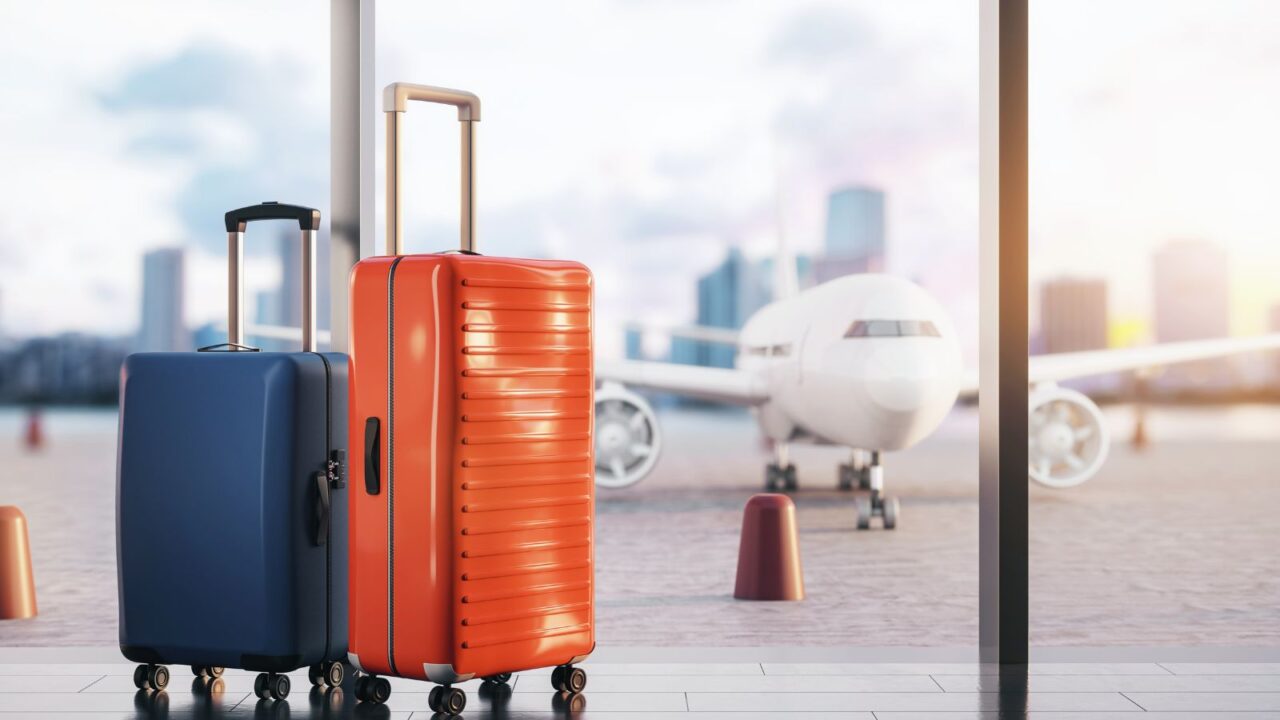
Why everyone’s talking about bag rules again
If you’ve scrolled through travel news recently, chances are you’ve seen buzz about new baggage rules possibly coming for Americans going abroad. While there’s no sweeping law, yet, signals from agencies like TSA and the DOT suggest changes could roll out soon. Think stricter sizes, clearer liquid rules, and even smarter scanning.
With the rise in global travel and tech upgrades at security checkpoints, these conversations aren’t just noise. They’re part of a bigger push to make flying safer and more consistent worldwide.
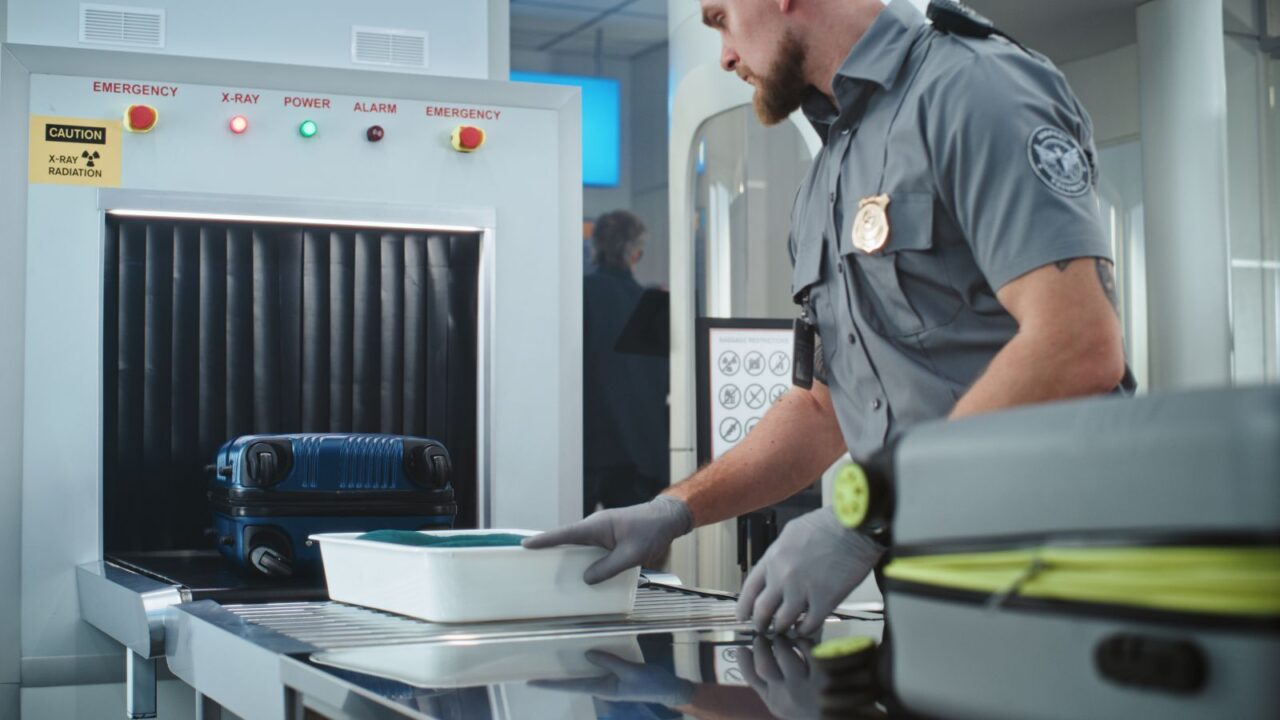
Security isn’t what it used to be
Why the sudden interest in revamping baggage rules? Global security threats are evolving, and so is how we screen luggage. Items like powders, lithium batteries, and large electronics are under new scrutiny.
The Department of Homeland Security wants smarter, faster ways to detect risks, and your bag might be part of that equation. What you packed last summer without issue may raise red flags next season. Stay informed, it’s not about paranoia, it’s about staying ahead of threats without travel headaches.
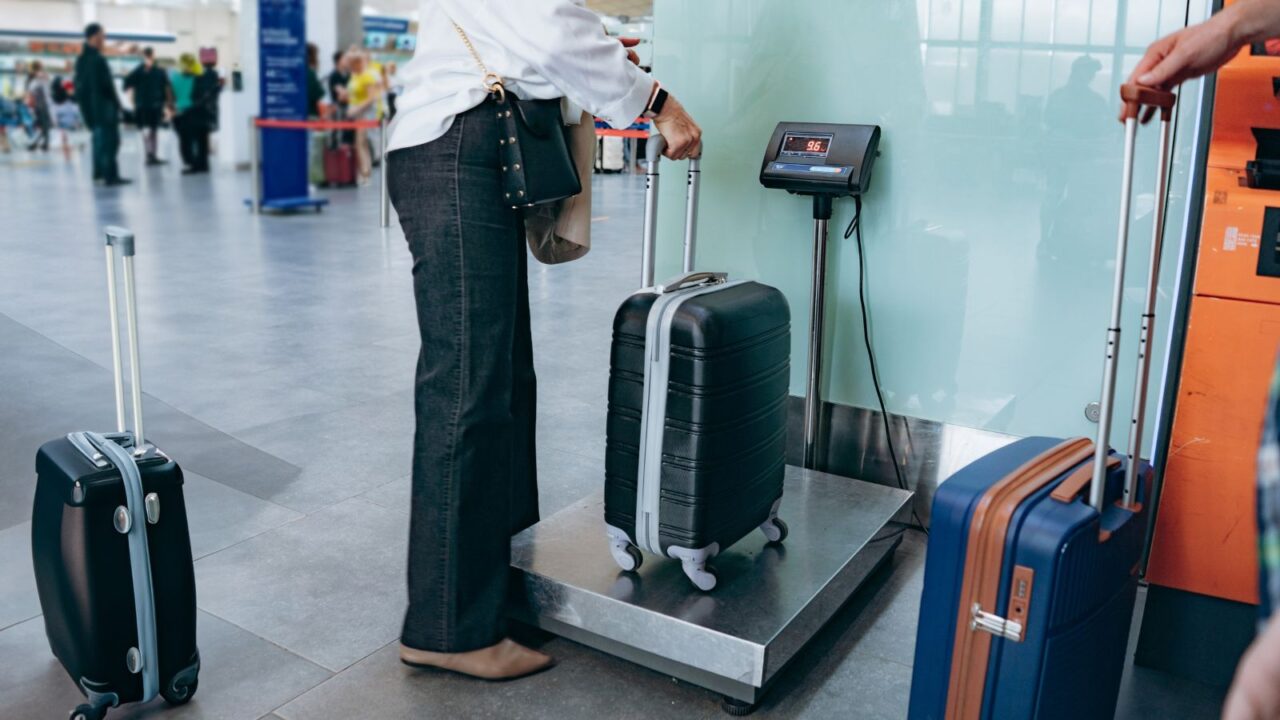
Will carry-on sizes shrink?
If you’ve flown in Europe or Asia, you know their bag rules can be way stricter than the U.S. ones. Now, the U.S. might be considering aligning with those tighter standards, meaning smaller carry-ons or weight caps.
Why? Airlines want global consistency to minimize confusion and improve boarding flow. It’s inconvenient, yes, but potentially more efficient for travelers navigating multiple airlines or international legs.
So that “just under the limit” bag you’ve been using? It may not make the cut for long.
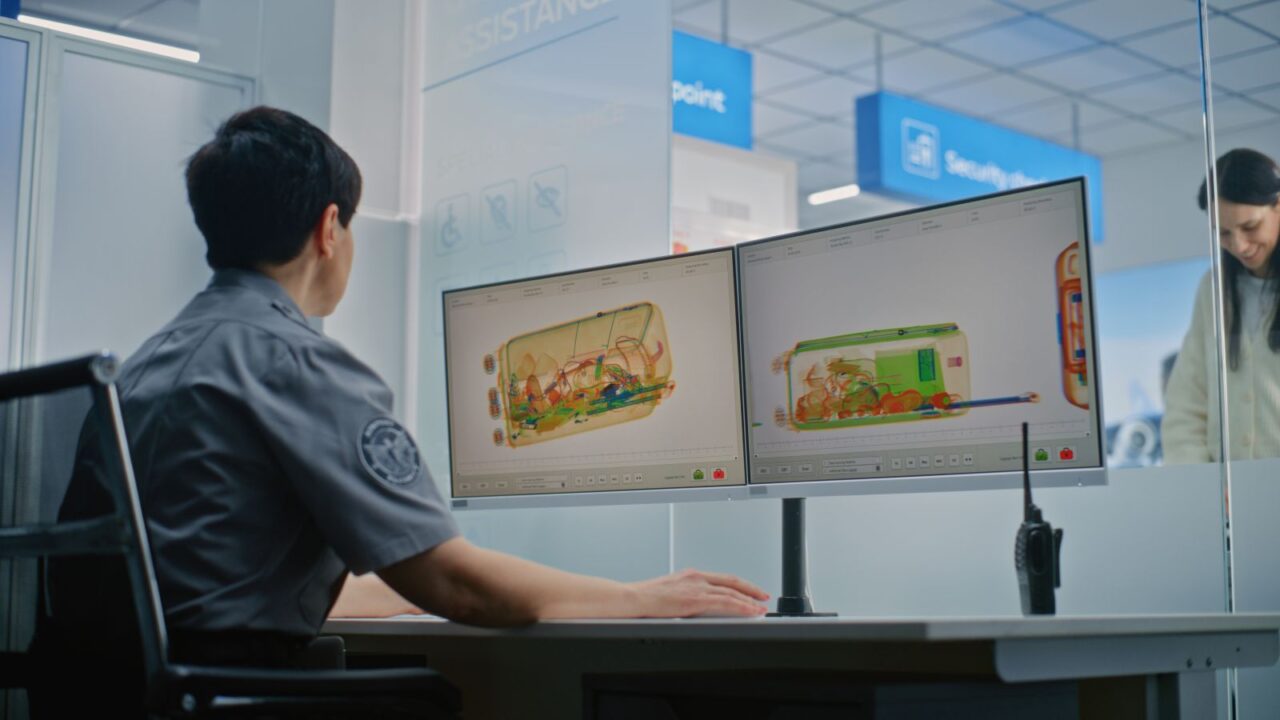
Liquids rule may finally change (sort of)
While Homeland Security Secretary Kristi Noem has signaled potential revisions to the 3‑1‑1 liquid rule, the change largely depends on the rollout of CT scanner technology, and as of June 2025, fewer than 300 of the more than 5,000 U.S. airports are equipped to support it.
Already, a few pilot programs in the U.S. are letting passengers leave liquids and laptops inside bags. That doesn’t mean it’s universal yet, though. Until further notice, assume the rule still applies unless you’re flying from one of these test-run airports. It’s progress, just not everywhere yet.

Electronics, still a grey area
TSA rules around electronics continue to evolve, depending on airport tech. Some security lines let you leave laptops in your carry-on. Others still want everything removed. And if you’re flying internationally, that can get trickier.
European and Asian airports tend to be stricter about removing devices and checking cords, power banks, or camera gear. The best move? Pack electronics where they’re easy to pull out fast. Convenience meets preparation; it’s the international traveler’s new normal.
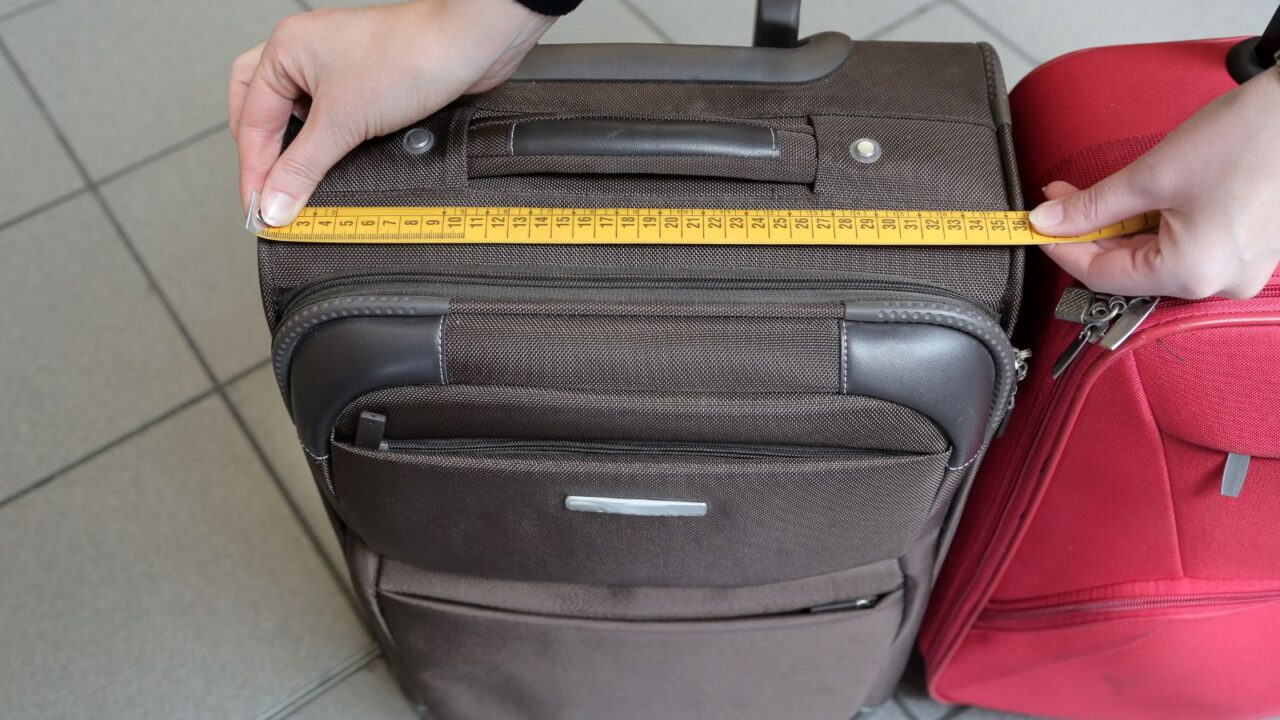
What about checked bags?
You might not think twice about your checked luggage until a new rule costs you time or money. The U.S. hasn’t yet updated size or weight standards, but discussions are happening, especially around lithium batteries and smart luggage. International airlines may already have limits that differ from your departure airport.
And don’t assume one airline’s policy will match its codeshare partner. The advice here? Double-check. Then check again. Surprises are great on vacation, not at the baggage counter.
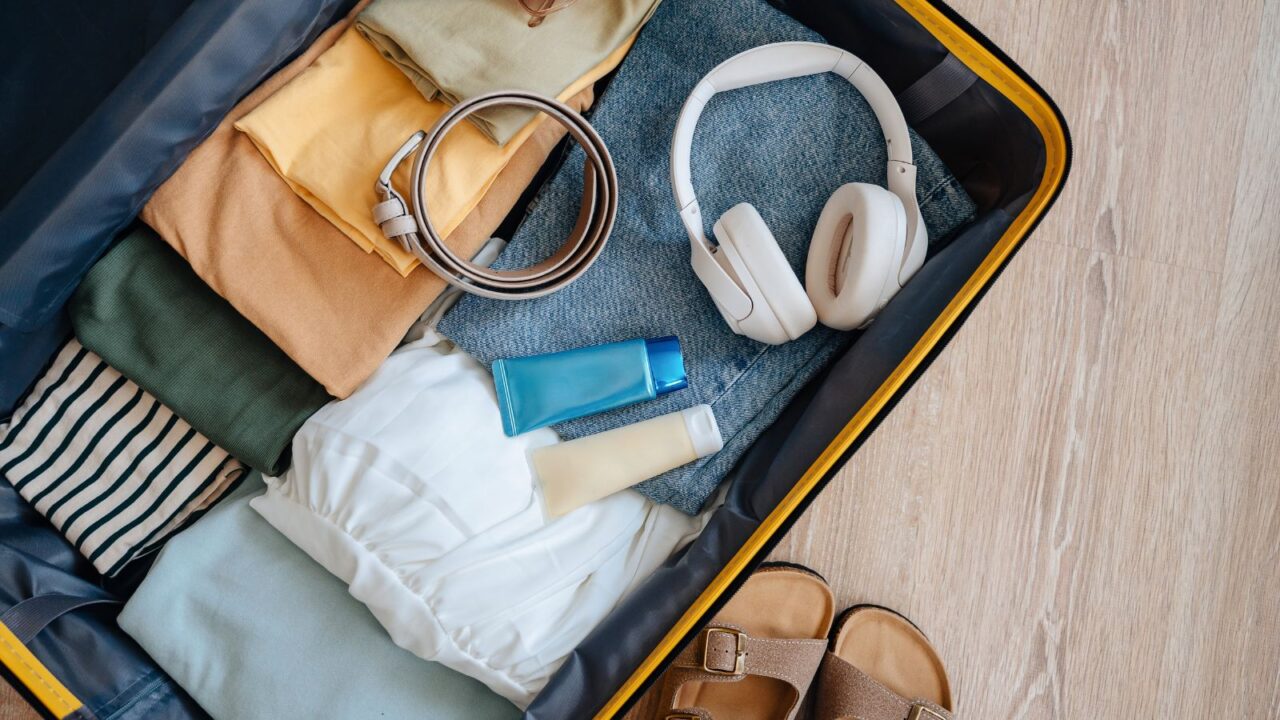
Why smart luggage keeps making headlines
Those sleek suitcases with built-in chargers and GPS? Not everyone loves them. Battery-powered luggage still faces scrutiny, especially in checked bags. Many airlines require you to remove the battery or only allow carry-on use.
If new TSA updates come into play, expect tighter regulations, or maybe smarter exceptions, for these high-tech travel companions. If your bag has a battery, know how to detach it. It’s small prep that saves big trouble at the gate.
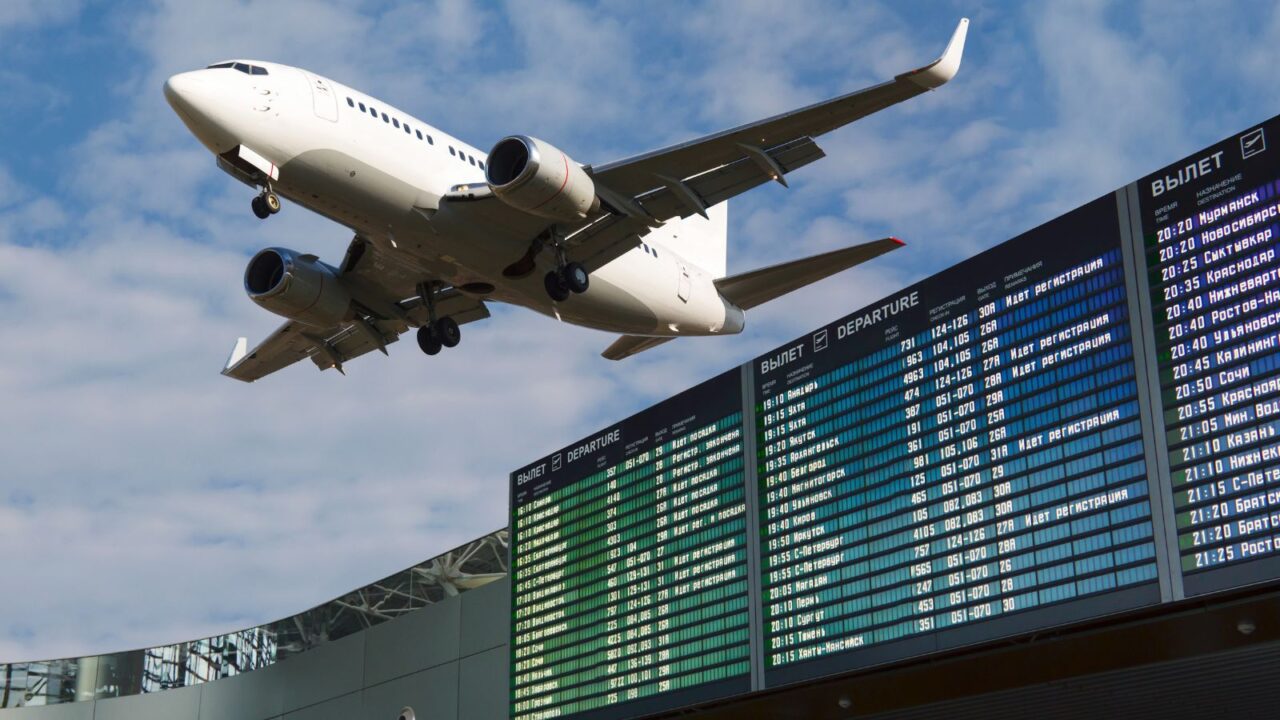
It’s not just the U.S. making changes
While U.S. agencies are reviewing the rules, they’re also trying to stay in sync with international norms. That’s why travelers flying abroad may face a mix of standards. From Europe’s stricter liquid limits to Asia’s electronics screenings, American flyers often encounter more rigid rules overseas.
In response, U.S. airports are slowly testing similar policies to streamline the experience. The ultimate goal? Less confusion, smoother travel, but only if you’re ready for it.
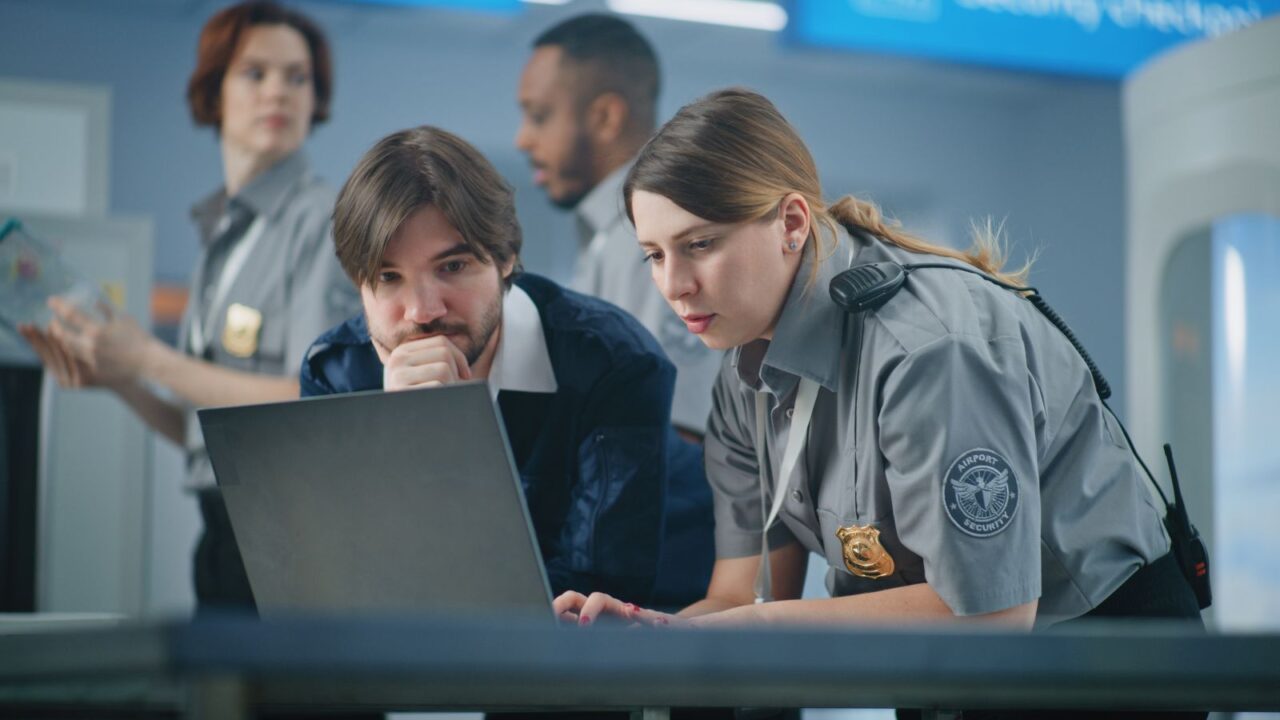
No law yet, but pilots are underway
As of mid-2024 and continuing into 2025, the TSA‘s RSSP pilot is active: two locations at LAX, one at ATL, and one at JFK are operating, while LGA, DFW, and MIA have approved programs pending implementation.
These pilot programs are authorized through fiscal year 2025 and are intended to enhance security and efficiency, sometimes allowing passengers to experience quicker lines without removing liquids or electronics.

What airlines are saying so far
U.S. carriers haven’t officially changed baggage policies for international flights, but they’re in talks with regulators. Most are already syncing with the International Air Transport Association (IATA) on future updates. The result could be stricter weight limits, clearer prohibited item lists, and more consistent rules globally.
Until then, airlines are advising passengers to stay flexible, follow both TSA and destination country rules, and watch for updates. In the world of air travel, policy shifts tend to start slow, then land fast.
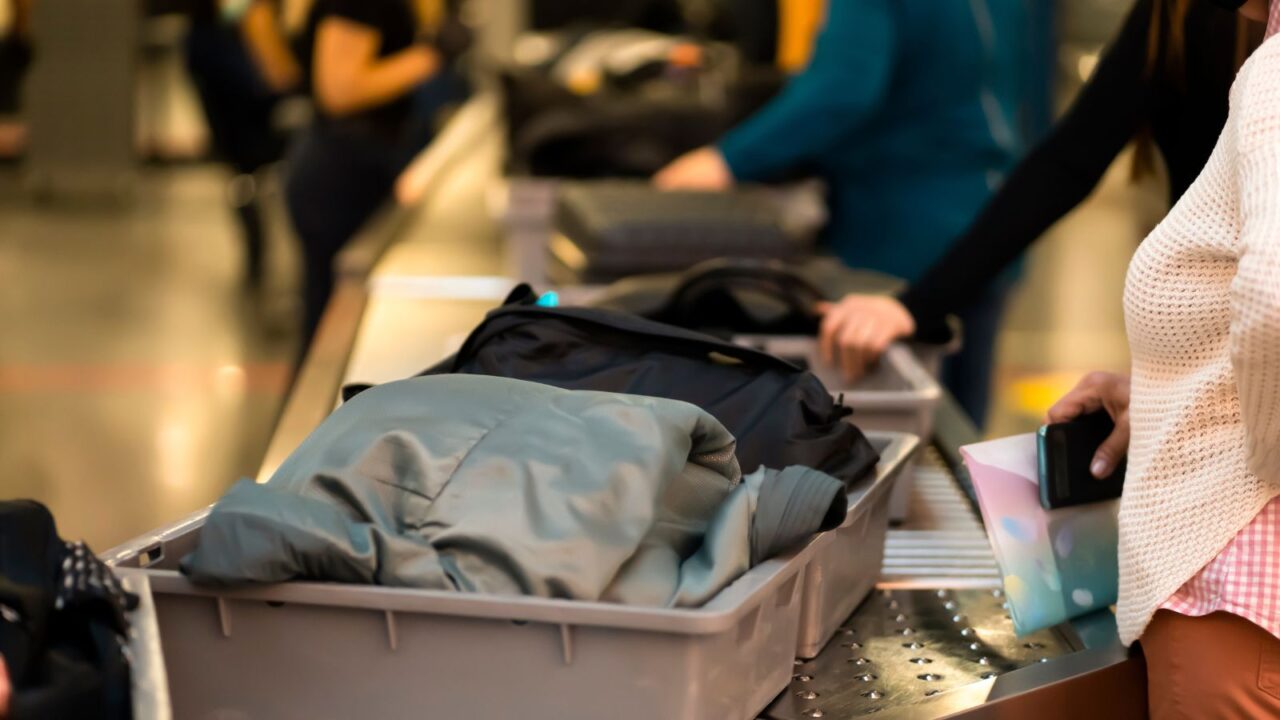
TSA vs. destination country, who wins?
Here’s where it gets tricky. TSA rules might say one thing, but your destination’s airport could follow another standard. And guess what? The host country wins. That means even if you boarded in the U.S. with a full-size carry-on and a water bottle, those could get flagged overseas.
For global travel, always review the arrival country’s policies, not just what you’re used to at home. It’s one of the top mistakes even seasoned travelers make.
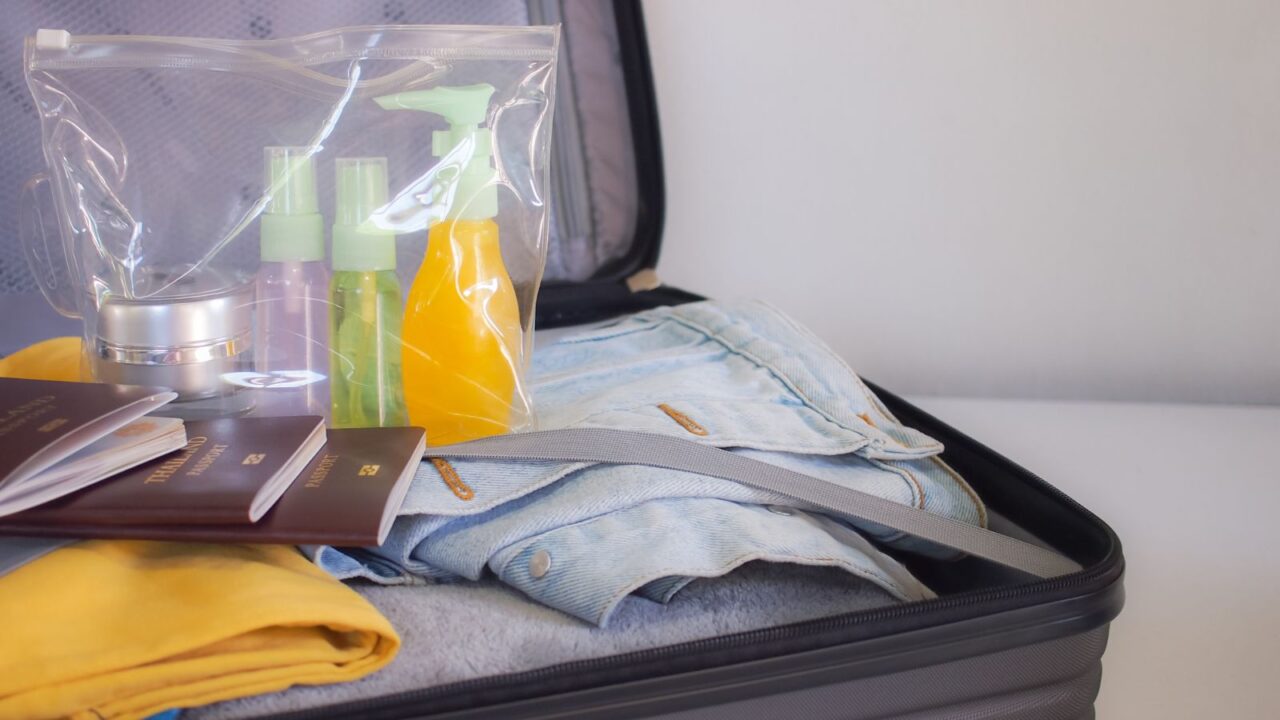
The liquid rule by region
Across the board, the 100ml (3.4 oz) rule is still standard—but enforcement varies. Europe and Asia tend to be stricter, requiring liquids in clear, 1-liter bags. Some U.S. airports now allow you to keep liquids inside your bag, but this is rare.
Until these scanner upgrades become widespread, it’s safer to stick with the traditional method. If you’re carrying sunscreen, face wash, or even peanut butter? Measure, bag, and prepare. It’s still a liquid until further notice.
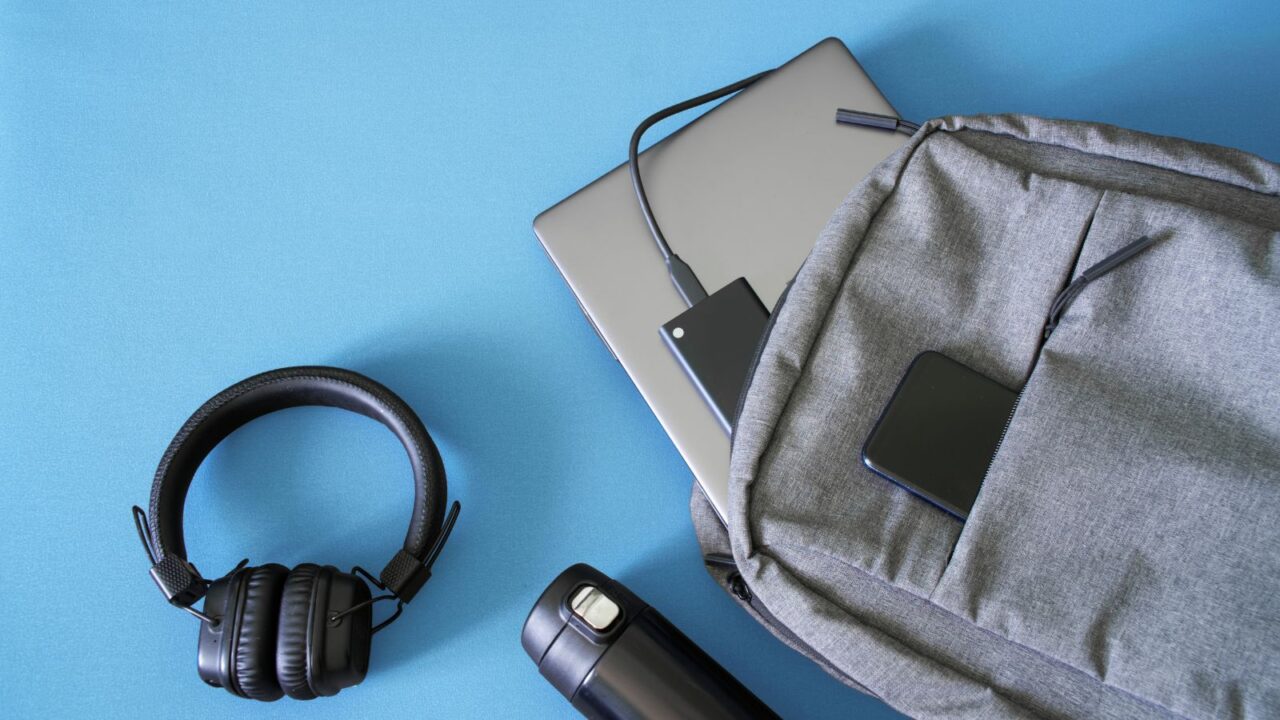
Electronics packing
Remember when security just meant removing your laptop? These days, some countries want cameras, tablets, and even cords unpacked too. TSA is experimenting with relaxed rules using newer tech, but most of the world hasn’t caught up.
For now, pack your gadgets on top. And if you’re heading to places like Japan, Australia, or the UK, be ready to empty half your carry-on during screening. Frustrating, yes. But knowing what’s expected can shave minutes (and stress) off your trip.

Travelers react
Reactions have been mixed. Frequent flyers love the idea of not unpacking electronics. But many travelers are wary of confusion if only some airports adopt new systems. Forums are flooded with tips, hacks, and complaints from confused passengers caught between old and new rules.
Until there’s a uniform standard, the vibe is: hope for easier checks, but prep like it’s still 2015. If you’re packing light, you’re already ahead.
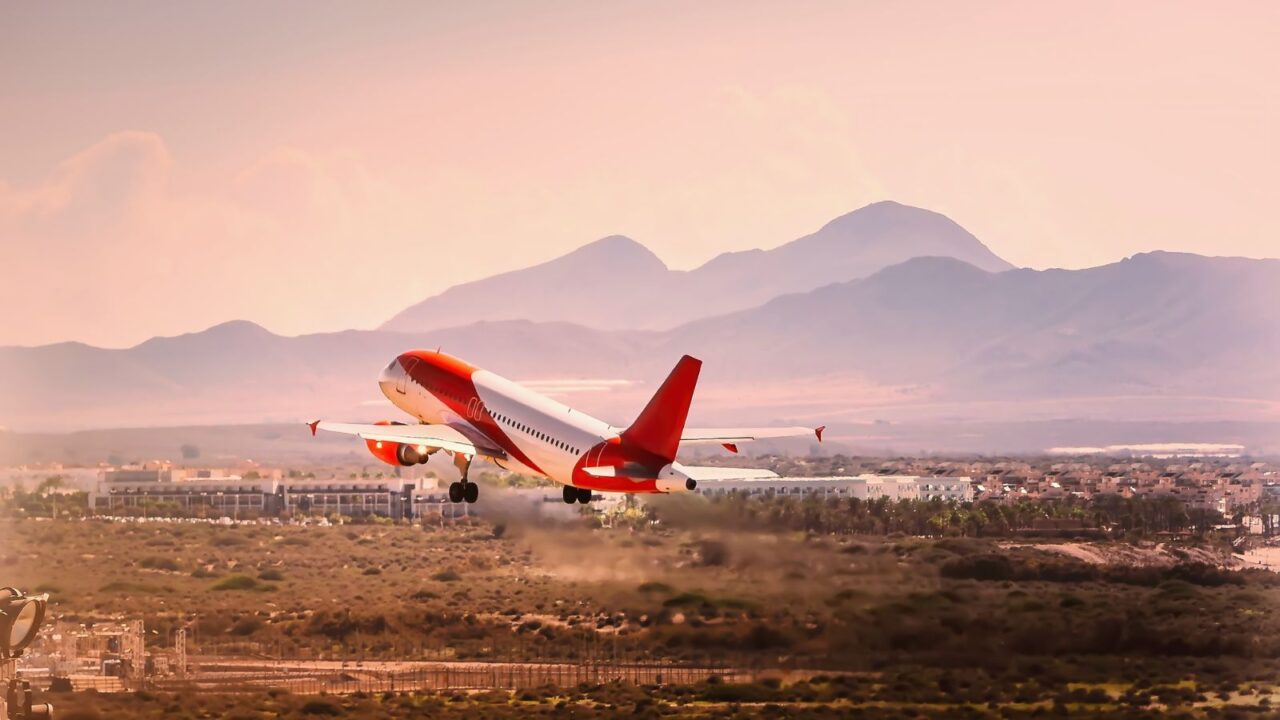
Airlines want uniformity, too
Carriers aren’t pushing back against rule changes; they’re asking for consistency. Currently, baggage policies vary significantly, leading travelers to often face hidden fees, unexpected re-checks, or last-minute gate checks.
Aligning rules with global standards helps airlines reduce complaints and streamline the process. So while it may seem like another burden for travelers, behind the scenes, it’s part of a larger push for efficiency and clarity for everyone in the sky.
Consistency in the skies starts on the ground, especially when booking. Here’s when to snag the best fares (and when to hold off).

Your smart packing game plan
The best defense against shifting bag rules? Pack like a pro. Stick to lightweight, TSA-friendly bags. Use clear pouches for toiletries, even if your airport allows liquids inside. Place electronics on top for easy access.
And download your airline’s app for last-minute updates. International travel is all about adaptation. What worked on your last trip might not fly this time. Smart packing isn’t just about space, it’s about strategy. Stay sharp, pack smart, and if you’re flying under new policies like Trump’s 2025 travel bans, know before you go.
Have you already noticed any of these changes while traveling? Drop your experience or tips in the comments; we’d love to hear how it’s playing out in real time.
Read More From this Brand:
- Why You Should Book Your 2026 Solar Eclipse Trip Now
- The Best Walkable Cities for a Car-Free Getaway
- The Most Iconic Hotel Buildings Around the World
Don’t forget to follow us for more exclusive content right here on MSN.
This slideshow was made with AI assistance and human editing.